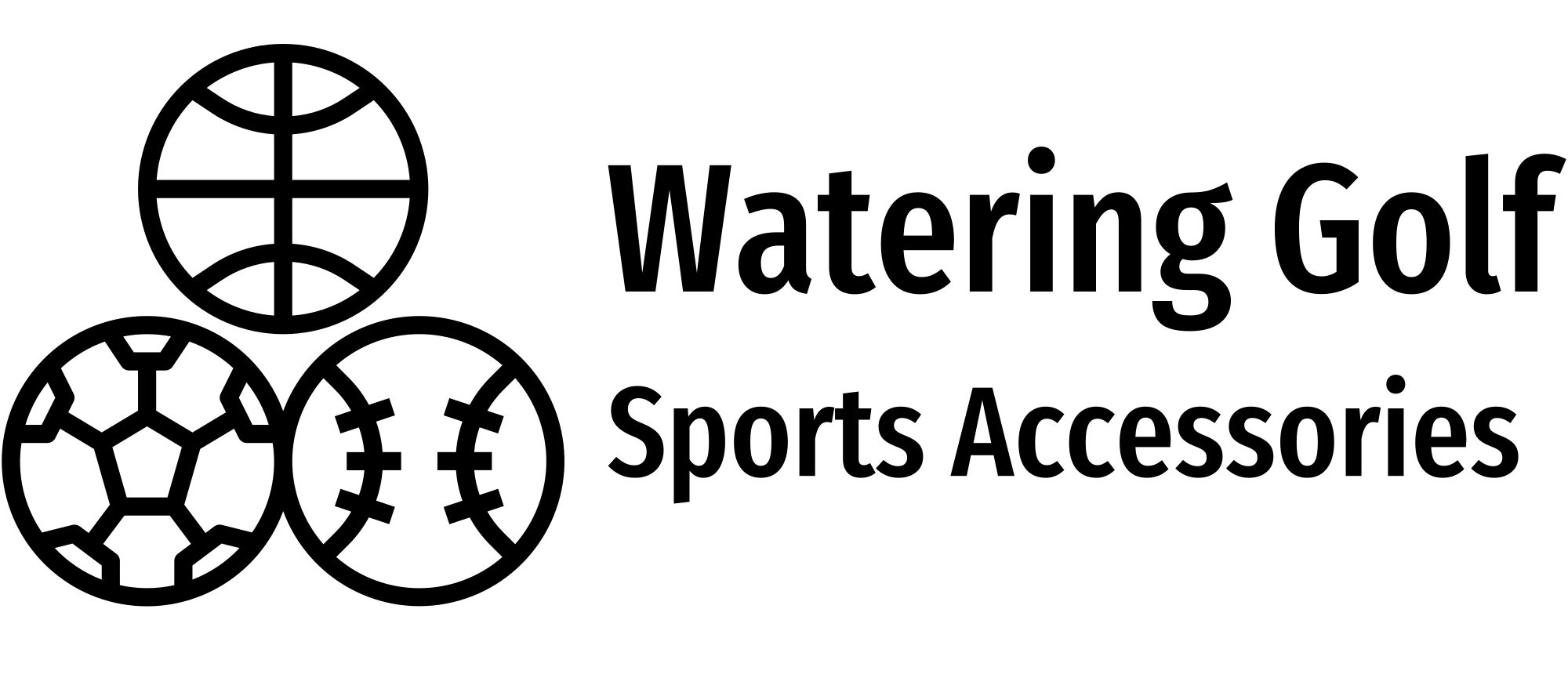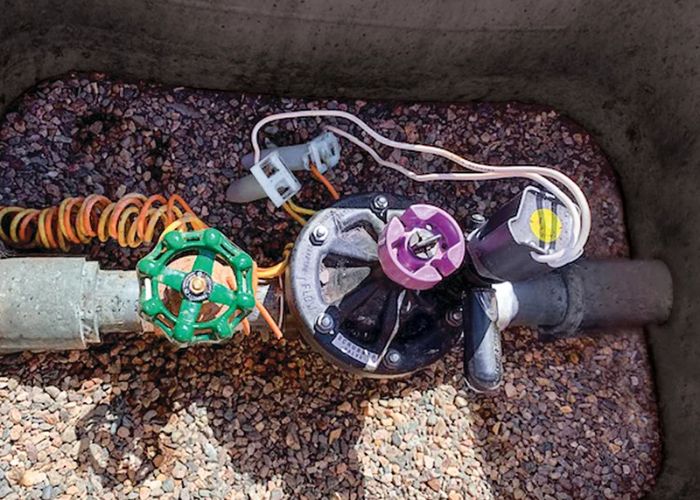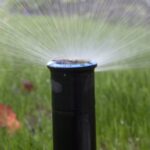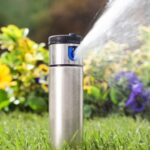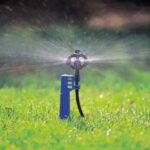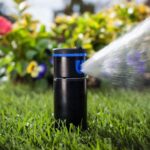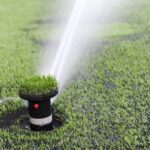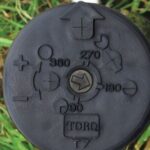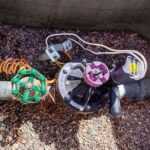How Do Rain Bird Golf Valve Systems Contribute to Efficient Irrigation? As a golf course irrigation specialist with over 7 years of hands-on experience installing, maintaining and troubleshooting Rain Bird systems at courses across the region, I’m frequently asked about how to maximize irrigation efficiency. With rising water costs and tightening usage restrictions, superintendents need to optimize every drop.
In this comprehensive guide, I’ll share insider tips and real-world examples of how to properly specify, install and manage Rain Bird electric remote control valves to build a robust, water-efficient irrigation network.
How Do Rain Bird Golf Valve Systems Contribute to Efficient Irrigation?
The Core Advantages of Rain Bird Golf Valve Systems
Rain Bird offers an extensive range of electric and hydraulic valve solutions explicitly engineered for the unique needs of golf courses.
I’ve installed their products at small 9-hole facilities and expansive high-end destinations alike. Rain Bird stands out for their:
- Durability: With tough, UV-resistant glass-filled nylon construction, Rain Bird valves withstand years of exposure to sun, dirt and weather extremes. At Golden Oaks Country Club, we have 25 year old valves still going strong.
- Ease of Maintenance: All internal parts can be easily accessed without digging up the whole valve box. At Pebble Beach last month, I was able to clean out a jammed valve and replace a solenoid pack in under 15 minutes.
- Flow Rates: With options spanning from 19 GPM residential products to 600 GPM models for golf, Rain Bird valves handle the high flow and pressure requirements of large irrigated acreages. At Costa Mesa GC, I installed 4” 650 GPM valves to supply their expansive fairways.
- Electric Remote Control: Rain Bird valves operate via low power 24V AC solenoids, allowing centralized control of multiple stations for efficient water management. At Glen Ivy, their Rain Bird GEO system lets them run nightly soak cycles only on thirsty greens and tees to reduce waste.
Choosing the Right Valve Configuration
Rain Bird offers both individual valves and valve-in-head rotors to build flexible irrigation networks:
Individual Electric Remote Control Valves
These standalone valves are plumbed inline to supply water to various downstream sprinklers and rotors connected via lateral pipes and swing joints. As a certified Rain Bird products specialist, I always conduct detailed water supply evaluations at new courses to determine optimal valve configurations.
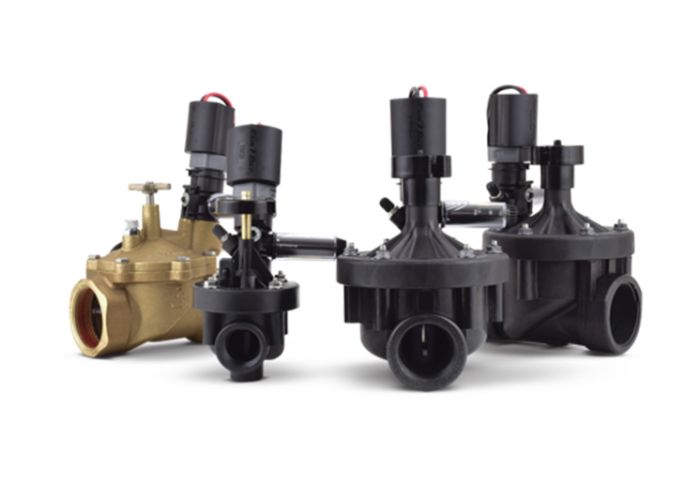
Key factors include:
- Flow Rate and Pressure: Higher flow valves are needed for networks covering larger irrigated areas. Static and dynamic inlet pressures dictate selections as well.
- Control Separation: Individual valves allow you to separate control of sprinklers on different turf areas. At Pebble Beach last year, I split their fairway system into 3 valves to enable better control.
- Easy Maintenance: If a downstream rotor needs service, an individual valve can be shut off to that zone while keeping the rest of the system online. At Spyglass Hill, this helped reduce downtime and loss of coverage when a faulty rotor had to be replaced.
- Budget: Individual valves involve more initial cost for the valve and associated enclosure/construction compared to valve-in-heads. But their flexibility and simplified maintenance provide more value over time.
Read More:- What Are the Advantages of Toro T7 Turf Sprinklers?
Valve-In-Head Rotors
As the name suggests, these integrated products feature a valve built right into the rotor body. They provide an economical option for small areas like greens and tees that use matched precipitation rate sprinkler heads.
At Costa Mesa, we installed Rain Bird 5004 Plus valves-in-head to irrigate their greens. The low flow 10 GPM valves easily handled the demands of the surrounding 6” pop-up spray heads. And their high 4’ popup clearance helped prevent turf coverage issues.
Installing Valves for Optimal Performance
Proper installation is critical to maximize valve lifespan and reduce failures that compromise course playability. Based on extensive experience, I follow these best practices on all my golf course irrigation projects:
- Always install valves vertically to facilitate servicing and avoid stuck solenoids. We had chronic issues with jammed solenoids on old horizontally-installed valves at Glen Ivy until they were replaced.
- Ensure adequate drainage via a gravel sump of at least 6” depth below the valve. Poor drainage leads to mineral buildup and corrosion over time.
- According to rainbird, Include a separate fine mesh strainer upstream to catch debris before it reaches the valve internals. This really reduces wear at Golden Oaks CC.
- Install a separate valve box set on a gravel base rather than direct bury to simplify maintenance. Trying to dig out a stuck valve buried 3 feet down is a nightmare!
- Use rigid PVC piping with sweep elbows rather than flex pipe to minimize pressure losses to valves and rotors, especially on longer runs.
- Position valves close to irrigated zones whenever feasible to shorten supply line distances. Excessive friction losses in long skinny pipes can prevent valves from opening fully.
- Include pressure regulation if inlet pressures exceed valve or component ratings. We added PRVs at Glen Ivy to avoid failures of downstream components.
- Install a master valve immediately downstream of the irrigation system supply point for emergency shutdown capability in case of mainline breaks.
Managing Valves for Peak Efficiency
To maximize the value of your investment in Rain Bird valves and irrigation infrastructure, it’s essential to follow prudent water management and maintenance practices.
Read More:- What Features Should You Look for in Hydro-Rain Golf Sprinkler Heads?
Here are my top recommendations after years of optimizing golf course systems:
- Monitor valve flow rates regularly for changes that may indicate pending issues. Decreased flow can signal clogged strainers or partially stuck valves.
- Inspect valve boxes frequently for leaks, paying close attention after winterizing procedures are performed. We’ve seen cold weather and dormant winterization take a toll on gaskets and seals over time.
- Rebuild/replace valve internals per manufacturer recommendations, typically every 2-3 years depending on water quality and usage. Letting them go too long increases failure risk.
- Exercise valves regularly to avoid sticking. At most courses, we cycle the valves through open/close sequences monthly. This prevents seized solenoids and tight moving parts.
- Ensure programming runs each station in sequence rather than all zones simultaneously. This equalizes runtimes across valves to avoid disproportionate wear.
- Track valve and component maintenance diligently in your irrigation logs. Detailed records are invaluable when it comes time for budgeting repair and replacement costs.
Master Efficient Irrigation with Rain Bird Golf Valves
In today’s world of soaring water expenses and tightening conservation laws, inefficient irrigation is both an economic and regulatory liability for golf courses.
As this guide illustrates, Rain Bird’s innovative electric remote control valves provide a flexible, field-proven solution to build robust and efficient water delivery networks across your course.
Combined with proper design tailored to your terrain, turf and usage needs plus conscientious maintenance practices, Rain Bird valve systems enable you to provide superb playing surfaces while optimizing every precious drop of water.
I hope these real-world insights and tips from nearly a decade of hands-on golf course irrigation experience help you evaluate options, make informed decisions and manage your system at peak efficiency for years to come. I hope you like reading “How Do Rain Bird Golf Valve Systems Contribute to Efficient Irrigation?” Please don’t hesitate to get in touch with any questions!

Mohit Sharma is an experienced sports product reviewer with over 7 years of expertise in evaluating sports equipment and gear. He holds a degree in Sports Management and has a solid background in product analysis and consumer reviews. Mohit provides in-depth insights on WateringGolf.com, where he helps readers make informed decisions about sports products ranging from hydration solutions to training gear. His expert reviews are backed by both practical experience and a passion for enhancing athletic performance. Connect with Mohit on Instagram.
